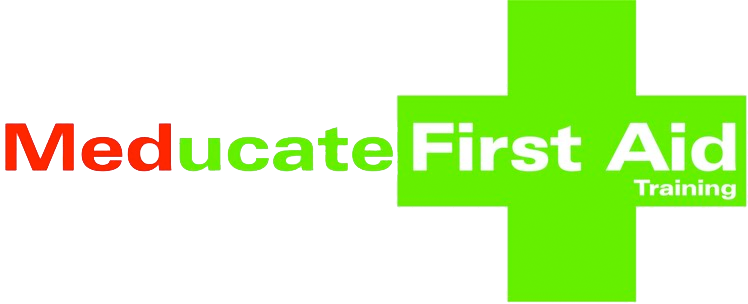2019 advancements in burns treatment
Posted on 12th April 2022 at 00:04
Guidance on treating burns changed in 2019, here is why.
2019 Advancements For Burn Treatments
Burns are common, painful, and often dangerous. If you've learned how to correctly treat burns,
you might be the reason they recover and heal properly.
Burn treatments have evolved throughout the years in order to provide the best possible care for
patients. Our goal at Meducate First Aid is for you to have the information and tools you need in
order to treat it correctly. In this blog we go over the treatments for burns and why these
advancements have taken place.
Importance Of Emergency Preparedness And Response
Workplace burns account for a third of all adult burns. Those operating in fields where they are
exposed to flames, steam, hot items, or chemicals should take all necessary safety measures.
The most important aspect of proper treatment is to put an end to the burning once it’s
happened. Small scalds and sunburns may typically be cured at home. Burns that are deep or
extensive, as well as burns on youngsters, need rapid medical intervention. Some patients may
need treatment at a burn center as well as months of follow-up care.
In order to ensure that the burns are well taken care of, it’s important to educate yourself on the
best way to cure a burn.
What Is The Best Way To Cure A Burn?
The traditional first-aid burns therapy was to immerse the afflicted region in cold flowing water
for at least 10 minutes. This method changed in May 2019, when the NHS, British Burn
Association, and others followed the recommendation of an Australian research team at their
national Centre for Children's Burns and increased the duration to a full 20 minutes under cold
running water.
The modification was made after Australian experts evaluated published data and conducted
further research to determine the most up-to-date recommendations for burn therapy. With this
research they found that 20 minutes was much more effective for the burn itself.
The Proper Way To Treat A Burn
● Remove any loose clothes or jewelry, but leave anything sticking to the burn alone.
● Use 2-15 degrees celsius cold flowing water.
● Run water over the burn for 20 minutes.
● Avoid treating the burn with ice or ice water.
● Wrap with cling film to keep it clean.
According to studies, successful burn therapy reduces tissue damage, speeds wound healing,
and reduces scarring.
Why Were These Changes Made?
Previous study has been contradictory and perplexing in this area, with time frames ranging
from 30 minutes to 3 hours. According to studies, the best period to run the burn under cold
running water is for 20 minutes. New research has shown that if therapy is delayed for one to
three hours, pouring cold running water over the burn is still effective, increasing wound
re-epithelialisation and reducing the amount of scar tissue present.
People often continue to treat their burns in order to alleviate discomfort. If the pain continues, it
should be treated individually with paracetamol or other analgesics.
Burns may be dangerous but with the proper aftercare and immediate attention you’ll be taking
the right steps to a smooth healing process. Meducate First Aid Training offers everything
there is to know about burn treatments, learn more by visiting our website!
Share this post:


